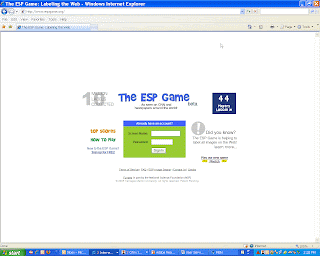Librarians are often responsible for determining controlled vocabularies and taxonomies, which are basically fancy words for index terms. So, if you want to reference a beer, you could do so through a variety of terms or classifications, including:
1. Ingredients
2. Texture
3. Taste
4. Type of beverage (alcoholic, etc…)
5. Cost
6. Location
And so on and so on.
These controlled vocabularies have been the basis of libraries and any sort of organizational system for years and years, remaining a relatively static concept for quite some time. With the advent of Web 2.0 (think wikis, delicious, flickr, blogs, RSS feeds, and the lot), we have a public demand for user participation in these schemes. Basically, people are tagging items in any way they see fit, librarians and their stodgy controlled vocabularies be damned. Delicious or flickr or two examples, very popular ones at that. So, everyone applies a tag to an object or website and the most common ones will appear if enough people participate; those most common ones are the best classification terms because they are the most popular and most reflect the public’s understanding of the object
All that serves as an elaborate introduction to the following game/experiment. If you think it is easy to come up with classification terms, try this game. The whole purpose is to see an image and come up with words to describe it. Easy enough. The trick is that you have to agree with a person you are playing with, a person who never directly communciate with. It becomes very fascinating (and frustrating) to see which terms are identified with which images. Brought to you by the good people at Carnegie Mellon. Enjoy.

You said it, Mikey. I am glad you are back on line. It makes my kibun good too.